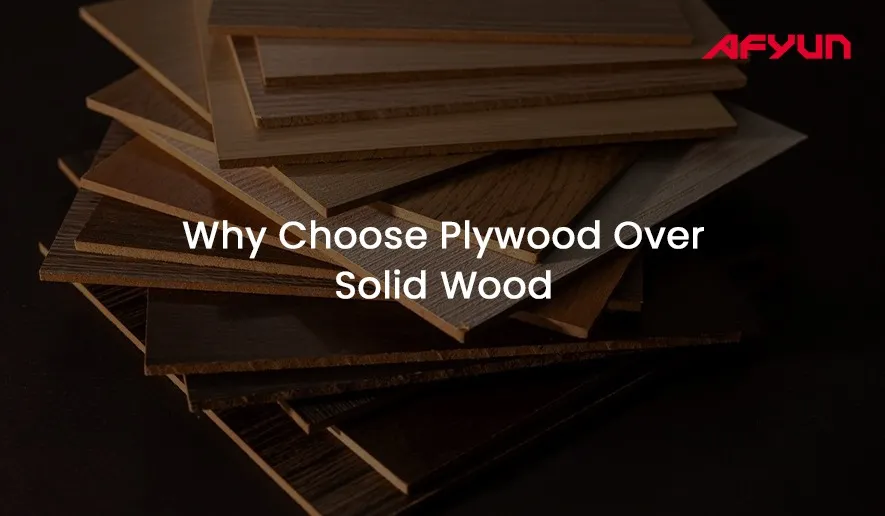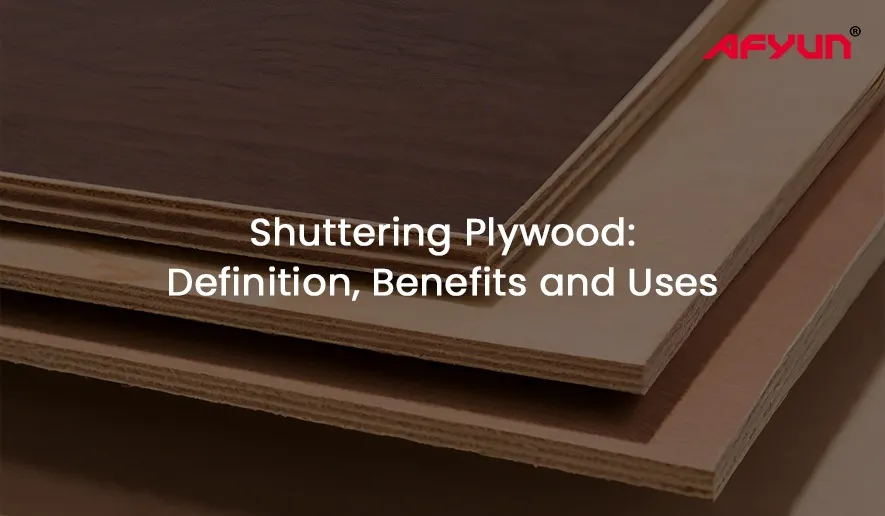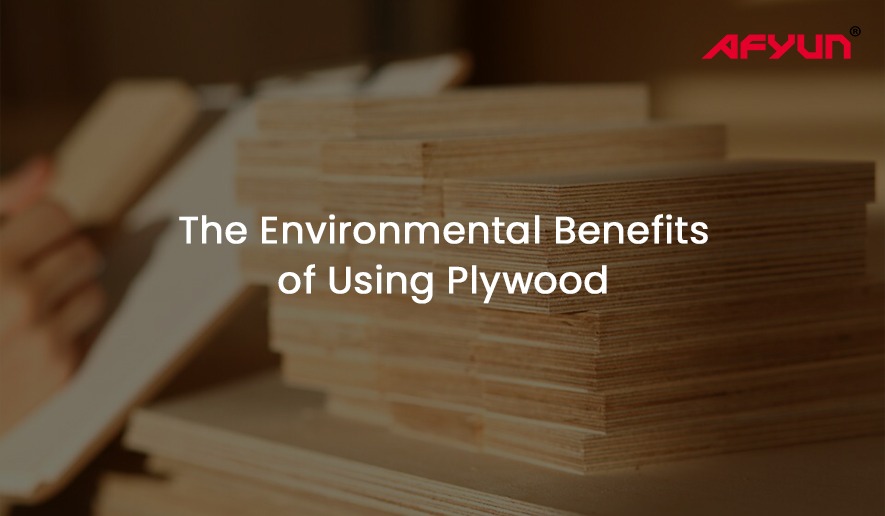When it comes to woodworking and construction, choosing the right material is crucial for the success of a project.
Two popular choices are plywood and solid wood, each with its own set of characteristics and benefits.
In this blog, we will explore the reasons why one might opt for plywood over solid wood.
Advantages of Plywood Over Solid Wood
Durability and Strength
Cross-Grained Structure: This gives plywood enhanced stability and resistance to warping or splitting.
Uniform Strength: Plywood has equal strength in all directions due to the layered structure.
Resistance to Environmental Changes
Less Expansion and Contraction: Plywood reacts less to changes in temperature and humidity compared to solid wood.
Moisture Resistance: Certain types of plywood are specifically designed to be moisture resistant.
Cost-Effectiveness
Affordability: Plywood is generally more cost-effective than solid wood.
Less Waste: The manufacturing process of plywood allows for almost the entire tree to be used.
Versatility
Variety of Thicknesses and Sizes: Plywood comes in a wide range of sizes and can be cut into various shapes easily.
Finish and Appearance: Plywood can be finished to mimic the look of solid wood.
Sustainability
Resource Efficient: Plywood production makes better use of logs compared to milling solid wood.
Eco-Friendly Options: There are sustainable plywood options available that come from responsibly managed forests.
Ease of Use
Lightweight: Plywood is typically lighter than solid wood, making it easier to handle and transport.
Ease of Installation: It can be nailed, screwed, or glued with ease.
Applications Where Plywood Excels
Construction Projects
Plywood is often used in roofing, flooring, and wall sheathing due to its strength.
Its ability to be manufactured in large panels makes it ideal for quick installation.
Furniture Making
Plywood provides a stable base for veneers and laminates.
Its flexibility allows for innovative designs that might not be possible with solid wood.
Cabinetry
Plywood ensures a consistent look across all cabinets.
Strong yet lightweight, it’s perfect for hanging cabinets.
Conclusion
Plywood offers a unique combination of durability, versatility, and cost-effectiveness that makes it an excellent choice over solid wood for many applications. Whether you’re a DIY enthusiast or a professional builder, understanding the benefits of plywood can help you make informed decisions for your projects.
With its broad range of uses and advantages, plywood is certainly a material worth considering for your next woodworking endeavour.
Quick Links:
Plywood Price | Plywood Price in India | Calibrated Plywood Price | Gurjan Plywood Price | Fire Retardant Plywood Price | Waterproof Plywood Price | Marine Plywood Price



